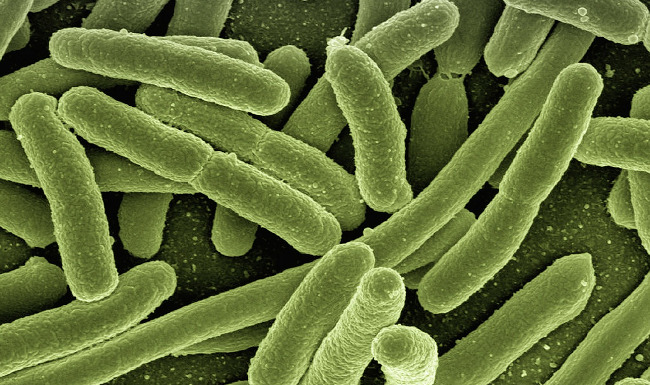
editors pick
Measuring The ‘Springiness’ Of Red Blood Cells
A microfluidic method of measuring red blood cell deformity has revealed that the cells take longer to recover if they are constricted for more than three minutes.
Four Legged-Robot Spontaneously Changes Gait
Researchers in Japan have designed a robot that uses decentralized control to change from walking to trotting and galloping.
Mapping The Complexities Of Protein Synthesis In Silicon
Protein synthesis is so complex that even a simple three subunit peptide requires almost a thousand different reactions.
One Synthetic Molecule, Two Doorways Into The Cell
Using a rhodium cuboctahedron, researchers have built a synthetic ion channel that could be used to regulate the movement of molecules across the cell membrane.
How Piles Of Pebbles Grow On An Asteroid
A new study shows how small pebbles hitting the surface of the asteroid Itokawa rebound from boulders but sink into pebble-rich regions.
The Future Of Data Storage Is Atomic
Researchers have stored information in a single atom, creating a memory device a million times smaller than commercially available ones.
Lasers Make Dino Flesh Glow In The Dark
Laser-stimulated fluorescence has helped scientists reconstruct the soft tissue of a feathered dinosaur, illuminating the mysteries behind the origin of birds.
Three Years A (Professional) Science Writer
When do you become a real science journalist? When you start advocating for your readers.
Minimalist CRISPR ‘Gene Scissors’ Make Way For Undruggable Targets
By using a smaller version of Cas9, researchers from South Korea have made it possible to edit genes in the eyes of live mice.













